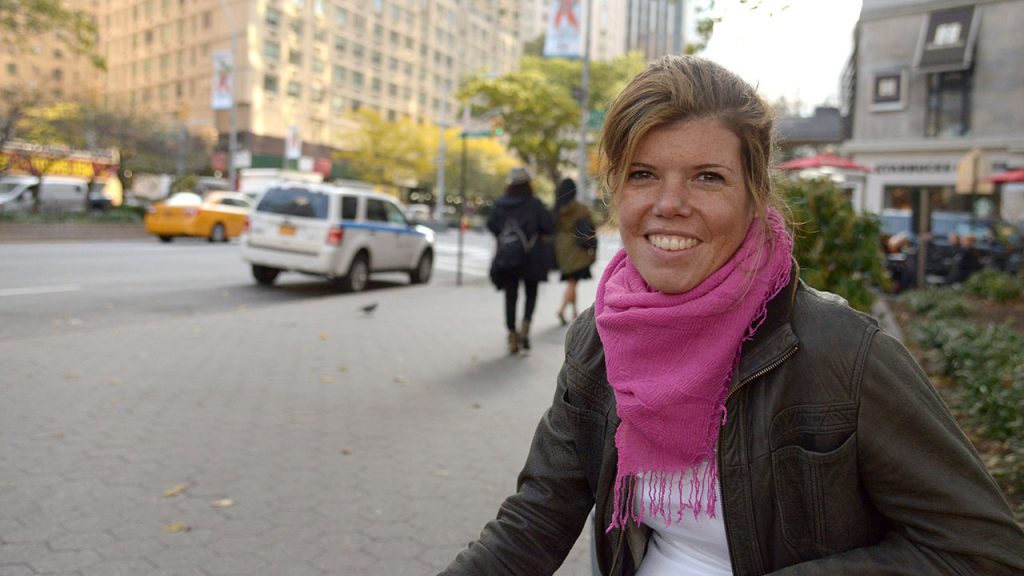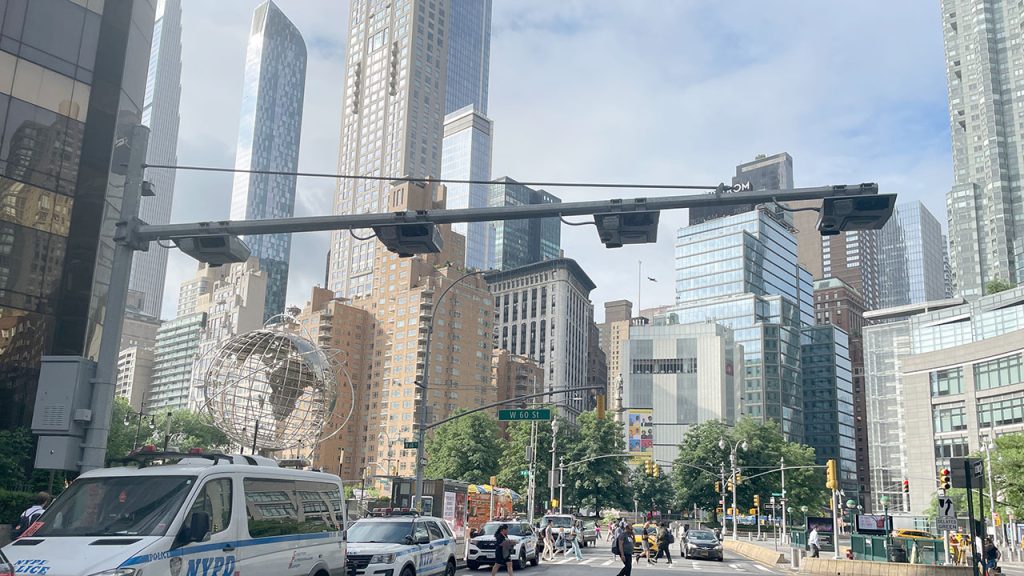New York Governor Kathy Hochul put a halt to the hotly debated congestion pricing plan this week, indefinitely shelving the MTA’s plan to charge drivers up to $15 to enter Manhattan below 60th Street.
The governor said she feared the tolling program, slated to start June 30, would “create another obstacle to our economic recovery.”
Fordham Now checked in with Annika Hinze, Ph.D., associate professor of political science and director of Fordham’s Urban Studies Program, about the impact of the 11th-hour decision.
“Congestion pricing was always going to be an imperfect scheme, but it was also an attempt to reduce traffic in the city, as well as channel money to the MTA, which it desperately needs,” she said.
“Now policymakers are signaling that the environmental implications of this aren’t as important as the economic implications. But in 25 years, they will have become the prime economic issues of the day.”
Shifting people from cars and trucks to public transportation is a key component to New York City’s economic health and livability, she said, as well as efforts to fight climate change. Doing that requires both a carrot—improved mass transit—as well as a stick—a tax for driving into the most congested areas of a city.

In New York City, the law that authorized congestion pricing requires it to generate $1 billion annually, which the MTA would use to finance transit construction projects. Governor Hochul said the state will pursue other ways to fund the MTA, possibly in the form of a tax on city businesses.
Hinze noted that the plan had some quirks that had not been addressed well (or at all), so there was some understandable frustration among residents.
“A congestion pricing scheme would have been much more justifiable in a metro area with a sophisticated and broadly accessible public transit system with trains, light rail, and buses,” she said.
“But even [in a city]with such a transit system in place, like London, congestion pricing was always going to be unpopular with some. It is inconvenient for some commuters to have such a system in place, but that doesn’t necessarily mean that it is the ‘wrong’ thing to do,” she said.
“It would’ve been a big signal to say, ‘We’re going to prioritize this, even if it’s unpopular because it’s the right thing to do.”
“It would have signaled, ‘We’re going to invest in and expand public transit infrastructure.”
Many have criticized the governor’s sudden reversal, noting that as recently as two weeks ago she said congestion pricing was critical to “making cities more livable.” Hinze said she thinks Hochul’s motivations to end the program were political.
“It’s an election year. I assume that she looked at the polling and said, ‘Look, this is not the right time to push for this,’” she said, noting that a Siena College poll from April found that 72% of New York suburban residents opposed congestion pricing.
That includes House districts that Democrats lost in the 2022 elections. Shelving the plan potentially helps Democrats win those races and win back the House of Representatives in November.
“In a lot of districts down-ballot, Republicans are doing quite well, in particular on Long Island where congestion pricing is particularly unpopular,” Hinze said.
Hinze thinks the program may not be dead for good. The program has already been authorized by the New York State Legislature, and the MTA has already spent $555 million on the infrastructure for the program.
“My hope is that maybe it will not be indefinitely postponed. After the election, we can revisit it; maybe there will be better proposals, and some of the snags will be resolved, so we can pass something that’s better,” she said.


